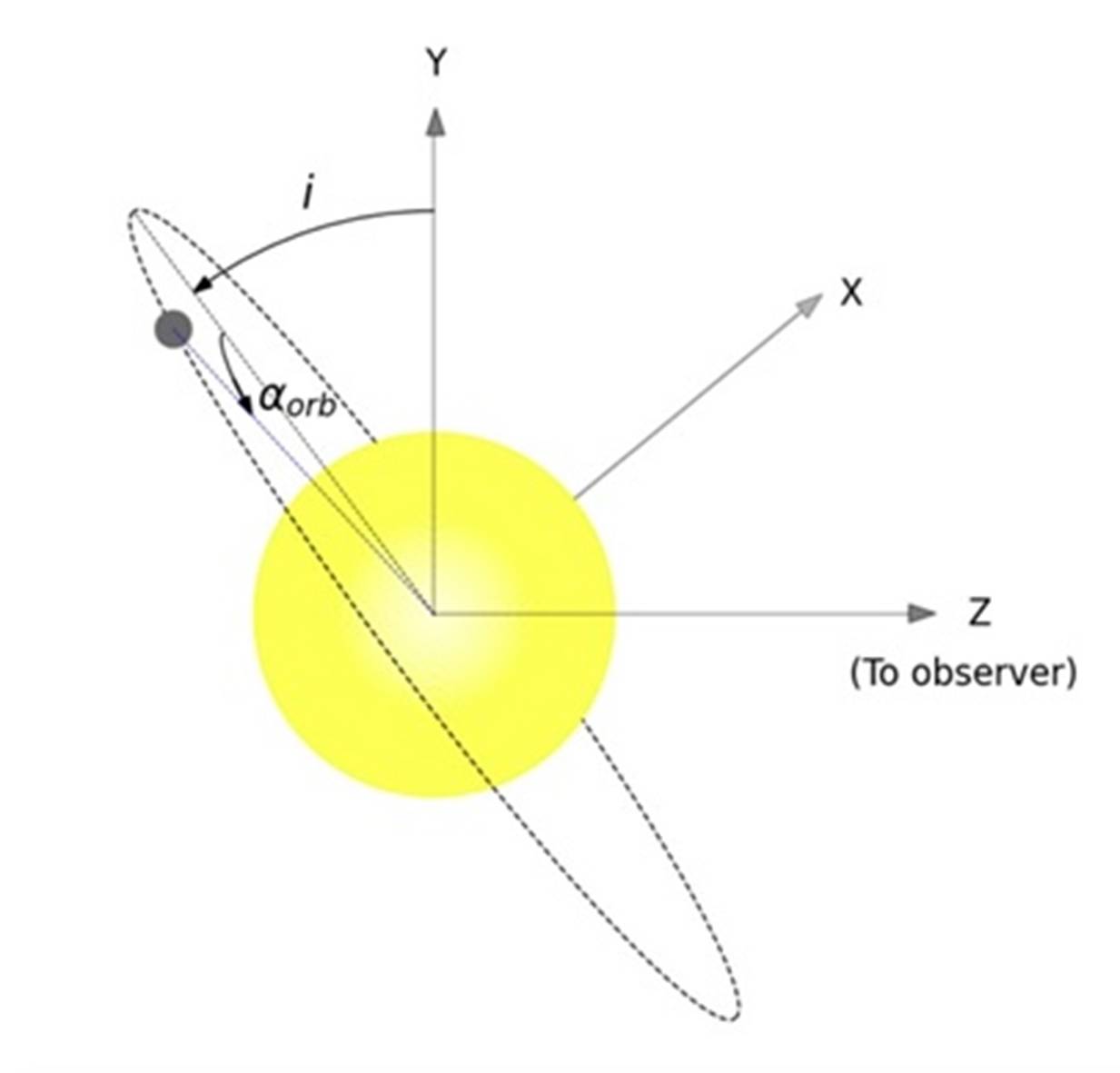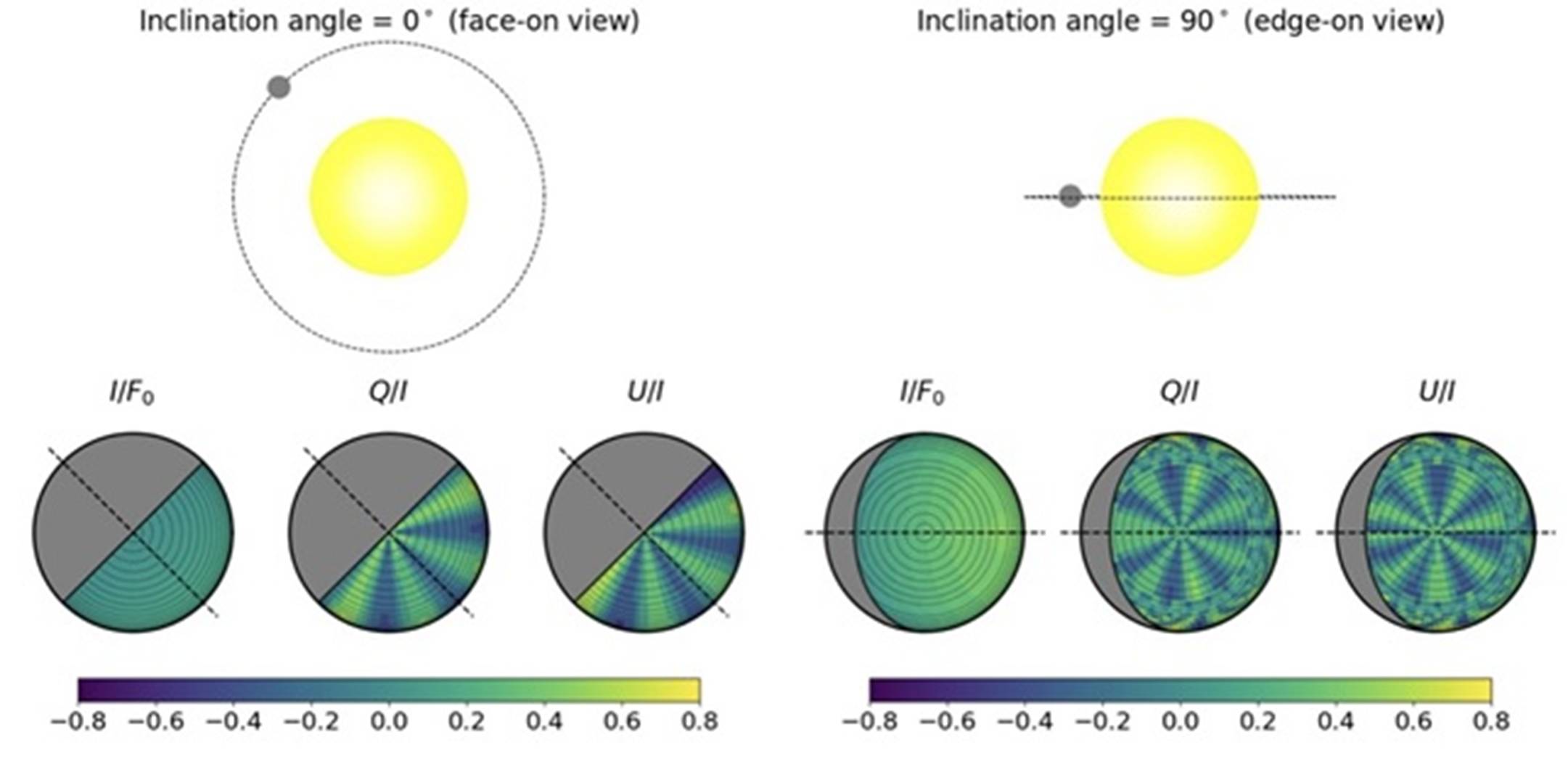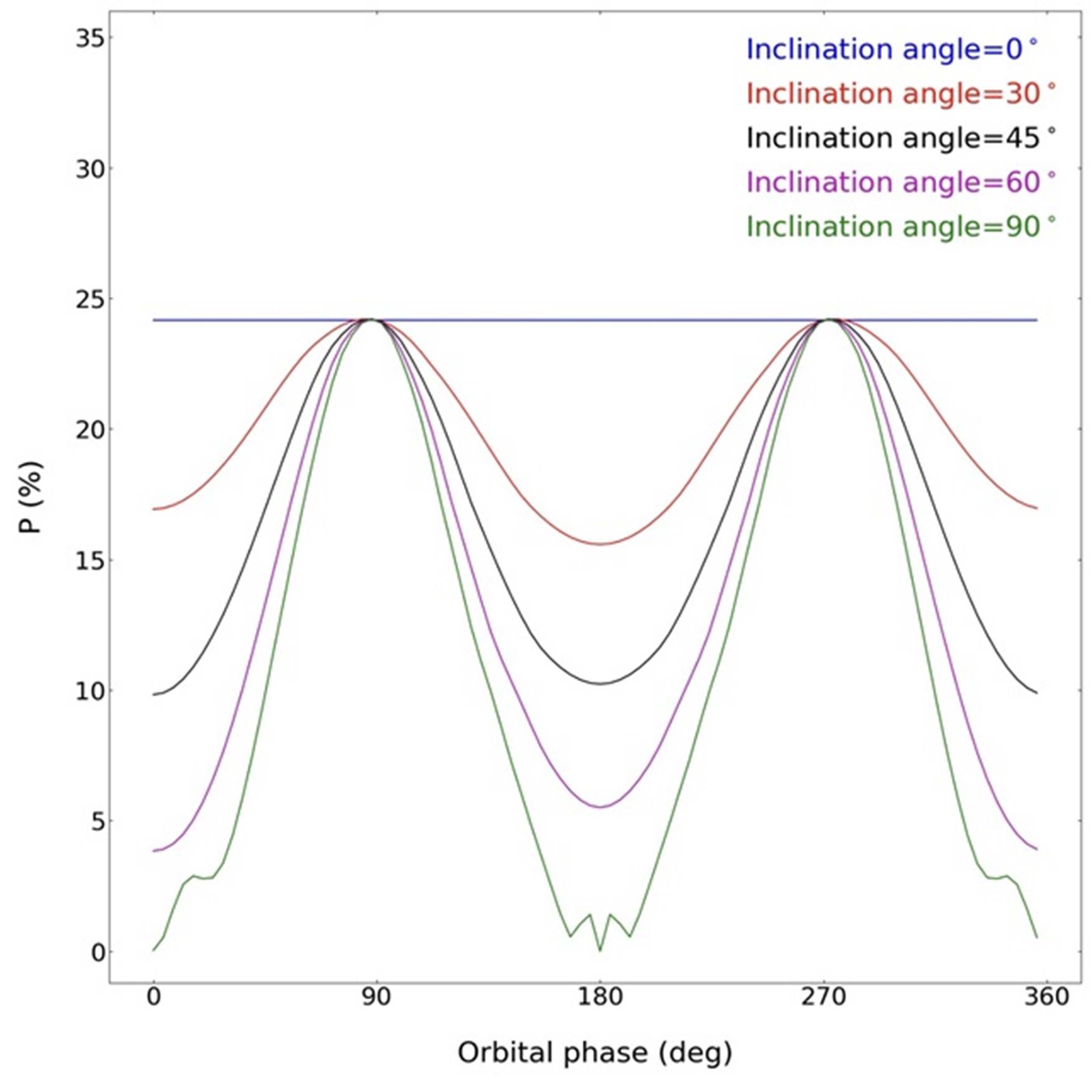Ministry of Science & Technology
Indian Astronomers find new method to study environment of extra solar planets using polarisation of light
प्रविष्टि तिथि:
02 NOV 2021 2:32PM by PIB Delhi
Indian Astronomers have found a new method to understand the atmosphere of extra solar planets. They have shown that planets going around stars other than the Sun can be studied by observing the polarisation of light and studying polarisation signatures. These polarisation signatures or variations in scattering intensity of light can be observed with existing instruments and expanding the study of planets beyond the solar system using existing instruments.
In the recent past, astronomers have discovered that many other stars have planets going around them, like our Solar System. Till now, around 5000 such exoplanets have been detected. About a couple of decades ago, Sujan Sengupta, a scientist at Indian Institute of Astrophysics (IIA), Bangalore, an autonomous institute of the Department of Science & Technology (DST), Government of India, suggested that the thermal radiation of hot young planets and the reflected light of planets orbiting other stars, known as extra-solar planets or exoplanets would also be polarized and the measure of the polarization might unveil the chemical composition and other properties of the exoplanetary atmosphere. Subsequent confirmation of the prediction by the detection of polarization of many Brown Dwarfs, a kind of failed stars that have an atmosphere very similar to that of Jupiter, motivated researchers all over the world to build highly sensitive polarimeters and use polarimetric methods to probe exoplanetary environment.
Recently, Aritra Chakrabarty, a postdoctoral researcher at IIA working with Sujan Sengupta, developed a detailed three-dimensional numerical method and simulated the polarization of exoplanets. Just like the Solar-planets, exoplanets are slightly oblate due to their rapid spin rotation. Further, depending on its position around the star, only a part of the planetary disk gets illuminated by the starlight. This asymmetry of the light-emitting region gives rise to non-zero polarization.
In the research published in ‘The Astrophysical Journal,’ the scientists have developed a Python-based numerical code that incorporates a state-of-the-art planetary atmosphere model and employed all such asymmetries of an exoplanet orbiting the parent star at different inclination angles. They calculated the amount of polarization at different latitudes and longitudes of the planetary surface defined with respect to the disk center and averaged them over the illuminated and rotation-induced oblate planetary surface. The polarization at different wavelengths is sufficiently high and hence can be detected even by a simple polarimeter if the starlight is blocked. It helps study the atmosphere of the exoplanets along with its chemical composition.
“Even if we cannot image the planet directly and the unpolarized starlight is allowed to mix up with the polarized reflected light of the planet, the amount should be a few ten parts of a million, but still can be detected by some of the existing high-end instruments such as HIPPI, POLISH, PlanetPol, etc. The research will help in designing instruments with appropriate sensitivity and guide the observers,” said Aritra Chakrabarty.
Unlike the traditional and popular methods such as Transit Photometry and Radial Velocity methods that can detect planets that are viewed almost edge-on only, this polarimetric method can detect and probe exoplanets orbiting with a broad range of orbital inclination angles. Thus, polarimetric techniques in the near future will open up a new window for the study of the exoplanets and enable us to overcome many of the limitations of the traditional techniques.

Figure 1: Schematic diagram of a planet at an orbital phase aorb orbiting with an inclination angle i.

Figure 2: Intensity of the reflected light and the polarized light (Q/I and U/I) in the visible wavelengths at different points of the partly illuminated surface (orbital phase being 45o) of the Exoplanet orbiting at face-on and edge-on views, two extreme cases of orbital inclination. Positive (greenish) and negative (bluish) polarizations produced at different longitudes tend to cancel out each other. The net non-zero detectable disk-averaged polarization arises because of an incomplete cancellation owing to the geometric asymmetry.

Figure 3: Predicted percentage of detectable disk-averaged polarization in the visible wavelength region and at different orbital phase angles of a cloudy Exoplanet orbiting at different inclination angles. The polarization is constant with time if the planet is viewed face-on (i=0o). For all other inclination angles, the polarization is maximum during the two half phases of the planet and minimum during the full phases, i.e., when the day (orb=0o) and the night (orb=180o) sides face the observer.
Publication link: https://iopscience.iop.org/article/10.3847/1538-4357/ac0bb7
For more details, please contact Dr. S.K. Sengupta (sujan@iiap.res.in), Aritra Chakrabarty (aritra@iiap.res.in).
*****
SNC / RR
(रिलीज़ आईडी: 1768876)
आगंतुक पटल : 1969